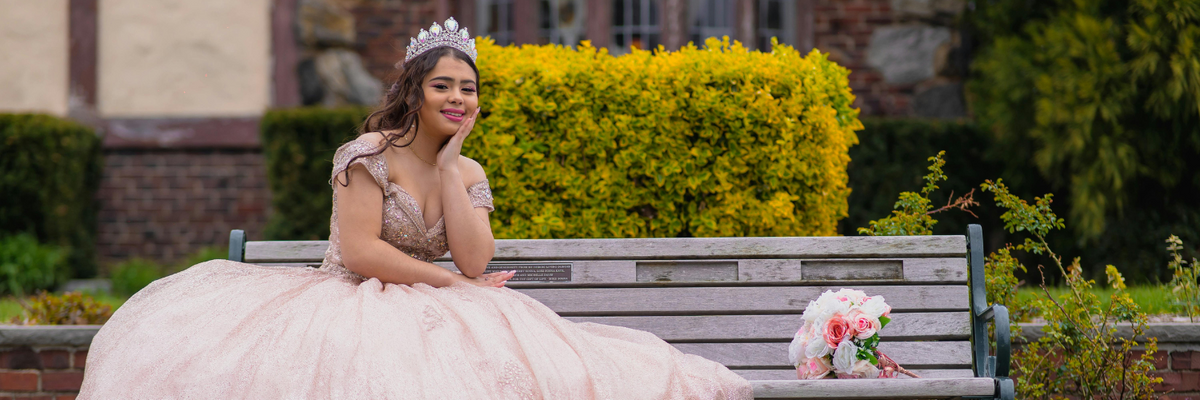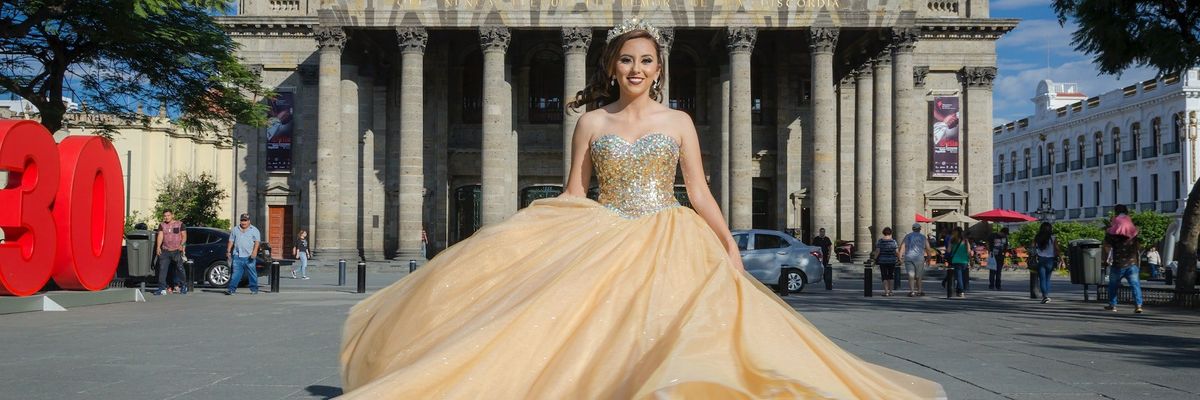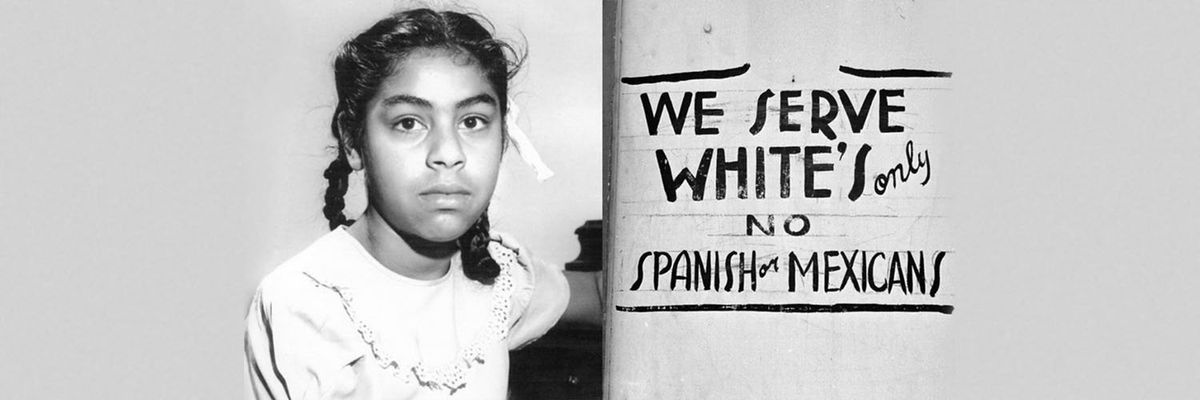
It's more than just an epic birthday bash; it's a meaningful coming-of-age celebration that marks a Latina girl's “journey into womanhood.” Rooted in deep history and brimming with customs, many that have withstood the test of time, Quinceañeras are a testament to the richness and enduring beauty of the evolution of Latino culture.
The parties are wrapped in emotion-packed tradition as exciting as a telenovela plot
(who hasn't been caught up in chambelan or madrina drama) and as rich as abuela's homemade mole (those father-daughter dances get you every time).
We dive into where they came from, and where they're going.
Where did the Quinceañera come from?

Photo by Davis Vidal: https://www.pexels.com/photo/woman-in-red-ball-gown-8466251/
Quinceañeras are said to trace their roots back to the indigenous cultures of Mesoamerica, such as the Mayans and Aztecs. Young women were prepared for their future roles as wives and mothers, acknowledged by a coming-of-age ceremony. With the arrival of Spanish colonists, indigenous rites fused with Christian customs, leading to what we recognize today as the quinceañera.
In the past, the quinceañera signified a fifteen-year-old girl's readiness for marriage and motherhood. However, as societies evolved, the celebration began to symbolize the girl's transition into womanhood, emphasizing personal growth and responsibility.
Timeless Quinceañera Traditions

Photo by Christina Langford-Miller on Unsplash
Quinceañeras are a blend of spiritual, familial, and cultural elements that differ from region to region. However, some common traditions often observed include:
- Mass or Blessing: A quinceañera typically begins with a religious ceremony, where the quinceañera gives thanks and seeks blessings for her future.
- The Last Doll: Symbolizing the end of childhood, the quinceañera may receive a doll, often resembling the quinceañera herself. After the ceremony, this is usually given away to a younger sibling or cousin, signifying the quinceañera's transition to adulthood.
- Changing of Shoes: The girl's father or another significant male figure usually replaces her flat shoes with high heels. This act is a touching symbolic gesture, marking her stepping into womanhood.
- Court of Honor: The quinceañera is usually accompanied by a group of young men and women, often consisting of family and friends. They perform choreographed dances, offering a spectacle for the celebration attendees.
- First Dance: The quinceañera shares her first dance traditionally with her father or a father figure. The dance is said to signify her entry into society as a young woman.
- The Reception: This is the grand celebration, complete with music, food, and dancing. It's a chance for everyone to enjoy and partake in the quinceañera's special day.
Quinceañeras Today

Photo by Becerra Govea Photo: https://www.pexels.com/photo/woman-in-yellow-tube-dress-standing-on-gray-concrete-floor-5824360/
While quinceañeras are steeped in tradition, they have also adapted to the times. Today's quinceañeras may incorporate elements that reflect the unique interests and identities of the celebrants. It could range from themed decorations to choreographed dance routines to the girl's favorite tunes. In the U.S., a quinceañera might also integrate 'Sweet Sixteen' elements, making the event a hybrid of cultures.
While modern touches make each quinceañera unique, the core values of family, faith, and community remain central to these celebrations.
Quinceañeras are more than extravagant parties. They are an essential part of the Latino cultural tapestry, intertwining the threads of history, tradition, faith, and community. For young Latinas in the U.S., these celebrations are a rite of passage, affirming their identities and roots while embracing their futures.
Whether a quinceañera leans more traditional or embraces modern trends, the essence remains the same: it is a declaration of growth, strength, and the continuous journey of self-discovery.
- Mixing it Up: 5 Must-Try Latino Cocktails ›
- Remember When? 20 Oh-So-Relatable Experiences If You Grew Up Latino ›
- More Than Just Dolls: Latina Representation in Toys - Luz Media ›
- 20 Latino Experiences We All Know Too Well ›
- Afro-Latinas Are Breaking Quinceañera Stereotypes - Luz Media ›




